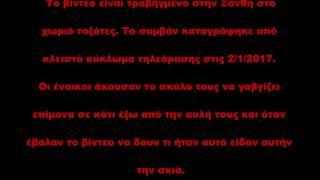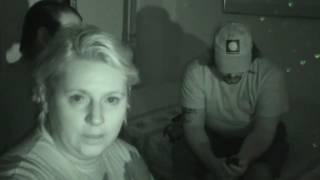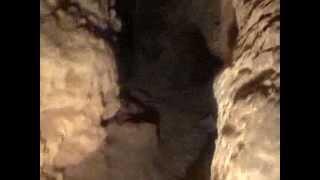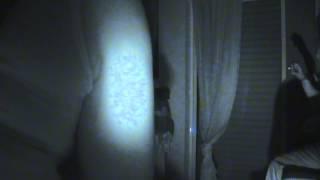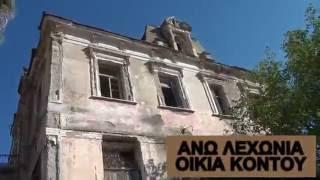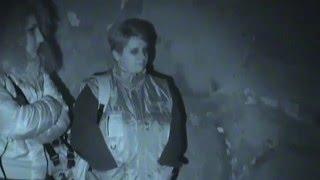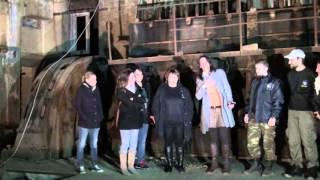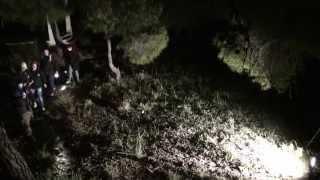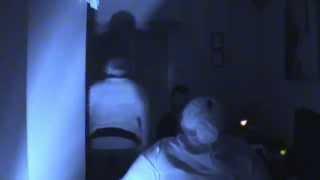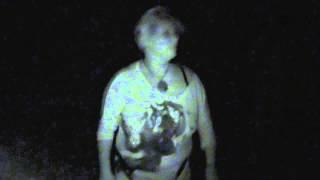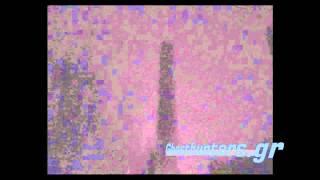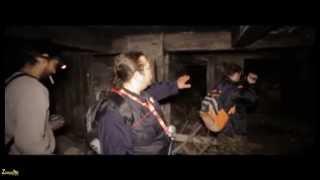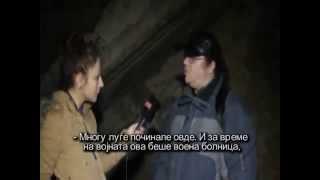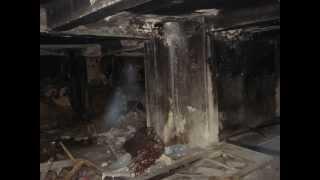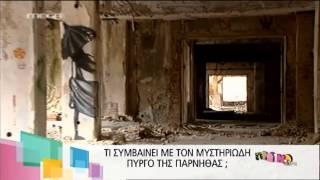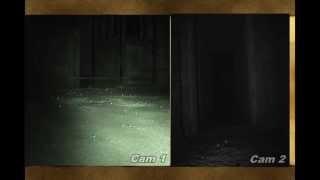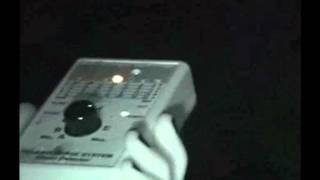Ian Brady wrote to many over the years inside and described his love of the Glasgow Necropolis , within the lines of the letters he hid his codes and messages. not just with dates I have found important , but that could also be your name or area you live which would remind him of his past, He was describing the Necropolis for a reason and we have found why this could be . going over what he sent to Dr Alan Keightley was told about Victorian Bell Jars which were added to graves . So I decided to check out the history as we found a Bell Jar hidden by a spot where a Navvy man from Liverpool Irish man died in a waggon accident and this happed in 1877 .
Just as I thought I found that year meant more to the building of the Necropolis , the word means place of the dead .
Location and Setting
The Necropolis is situated approximately .05 mile (1km) east of the centre of Glasgow. The Cathedral and Royal Infirmary lie to the west, separated by Wishart Street which forms the western boundary of the site. Firpark Street forms the eastern boundary and the two converge at Alexandra Parade on the north edge of the Necropolis. John Knox Street (formerly Ladywell Street) marks the southern boundary. The Bridge of Sighs crosses Wishart Street and extends west along the southern boundary of Glasgow Cathedral cemetery to link the site with Cathedral Square. The Necropolis was deliberately sited on its prominent hill-top setting previously known as Fir Park. It was thought that an ornamental cemetery would harmonise with the surrounding scenery and constitute 'a solemn and appropriate appendage to the Cathedral'.
Since its establishment, the surrounding landscape has changed considerably; the Molendinar Burn which once ran along the western boundary was piped underground in 1877. The urban and industrial extensions of the east end of Glasgow are now prominent from the site. The panoramic views from the hill on which the site stands are retained although their content has changed. The original site was extended to the north and south-east in 1877 and again in 1892, to its present 37 acre (15ha) size. A quarry remains at the south-east corner of the site. A steep escarpment separates the original site from the extension areas to the south. THE DESCRIPTION OF WHICH FITS TO THE QUARRY AND CULVERTED AREA IN THE SOUTH EAST CORNER..
Why has no one spotted this ?
and for the psychologists who have tied to get into his mind read about St Mungo of Glasgow and his links to Glasgow Strathclyde and Fallowfield in Manchester , also St Mungo himself and what he represents links are here
https://www.glasgownecropolis.org/history/
https://en.wikipedia.org/wiki/Saint_Mungo
You can find the link to the Secret Key to The Moors Murders at top of the channel , thanks
Just as I thought I found that year meant more to the building of the Necropolis , the word means place of the dead .
Location and Setting
The Necropolis is situated approximately .05 mile (1km) east of the centre of Glasgow. The Cathedral and Royal Infirmary lie to the west, separated by Wishart Street which forms the western boundary of the site. Firpark Street forms the eastern boundary and the two converge at Alexandra Parade on the north edge of the Necropolis. John Knox Street (formerly Ladywell Street) marks the southern boundary. The Bridge of Sighs crosses Wishart Street and extends west along the southern boundary of Glasgow Cathedral cemetery to link the site with Cathedral Square. The Necropolis was deliberately sited on its prominent hill-top setting previously known as Fir Park. It was thought that an ornamental cemetery would harmonise with the surrounding scenery and constitute 'a solemn and appropriate appendage to the Cathedral'.
Since its establishment, the surrounding landscape has changed considerably; the Molendinar Burn which once ran along the western boundary was piped underground in 1877. The urban and industrial extensions of the east end of Glasgow are now prominent from the site. The panoramic views from the hill on which the site stands are retained although their content has changed. The original site was extended to the north and south-east in 1877 and again in 1892, to its present 37 acre (15ha) size. A quarry remains at the south-east corner of the site. A steep escarpment separates the original site from the extension areas to the south. THE DESCRIPTION OF WHICH FITS TO THE QUARRY AND CULVERTED AREA IN THE SOUTH EAST CORNER..
Why has no one spotted this ?
and for the psychologists who have tied to get into his mind read about St Mungo of Glasgow and his links to Glasgow Strathclyde and Fallowfield in Manchester , also St Mungo himself and what he represents links are here
https://www.glasgownecropolis.org/history/
https://en.wikipedia.org/wiki/Saint_Mungo
You can find the link to the Secret Key to The Moors Murders at top of the channel , thanks
Sign in or sign up to post comments.
Be the first to comment



